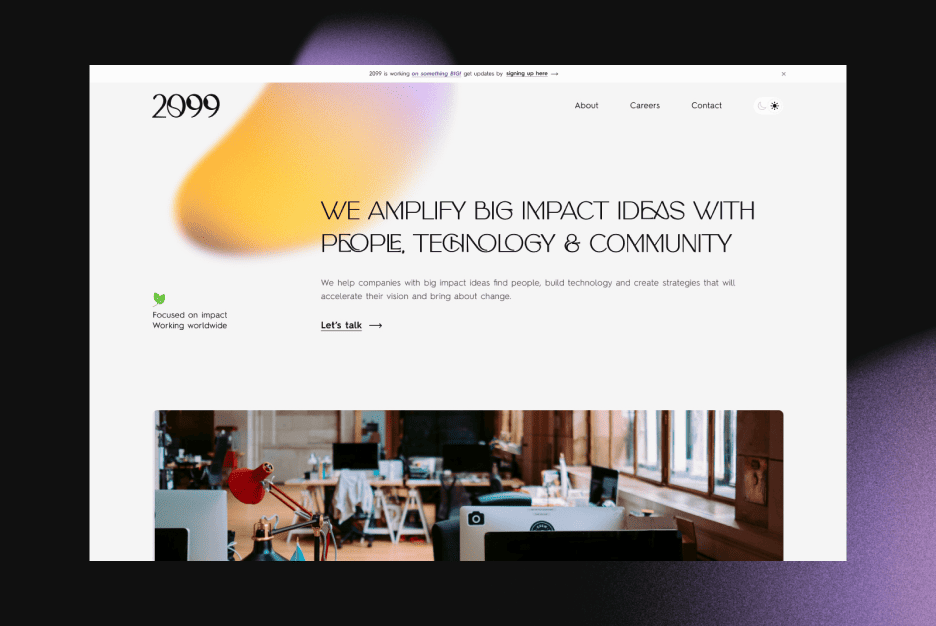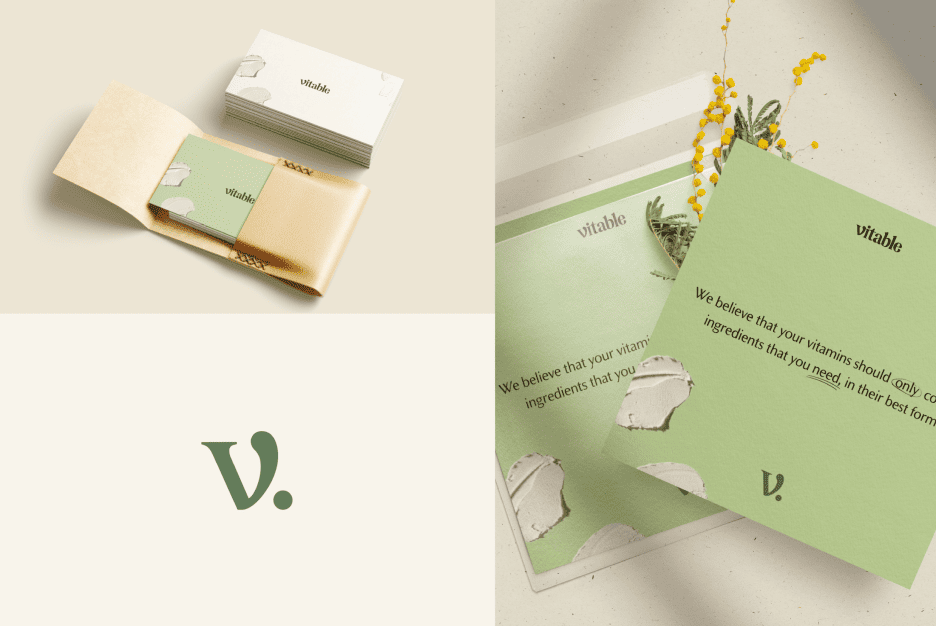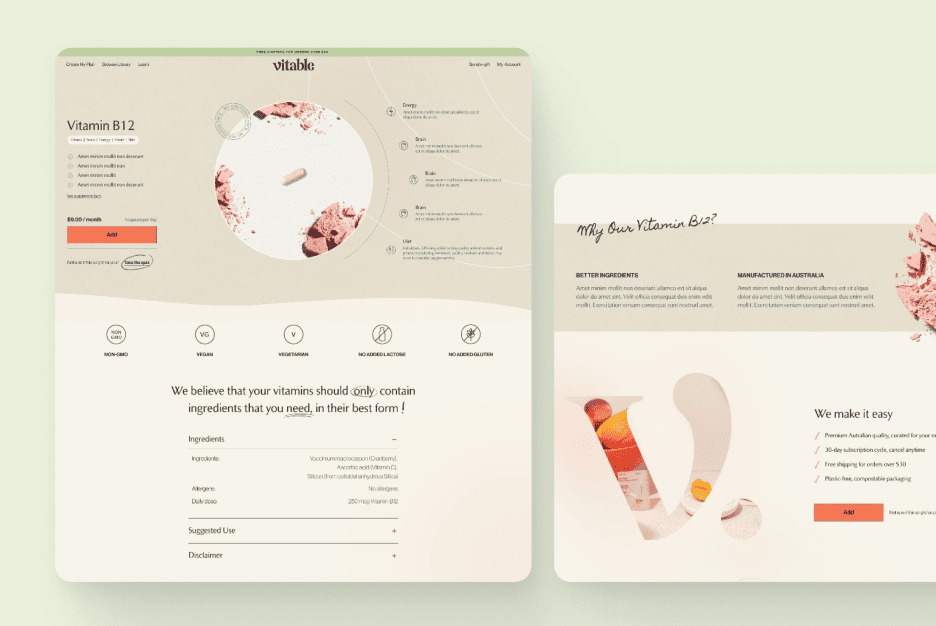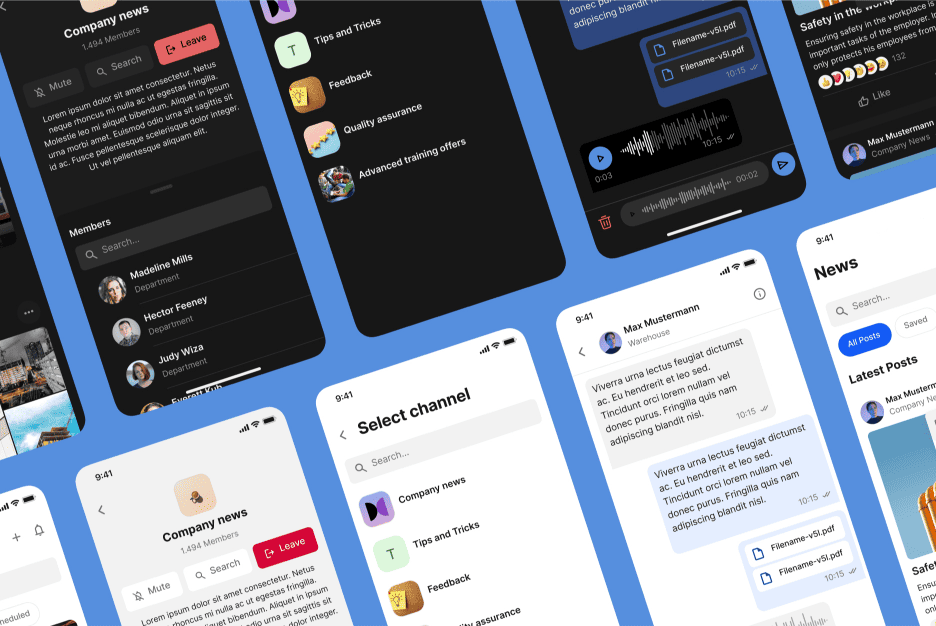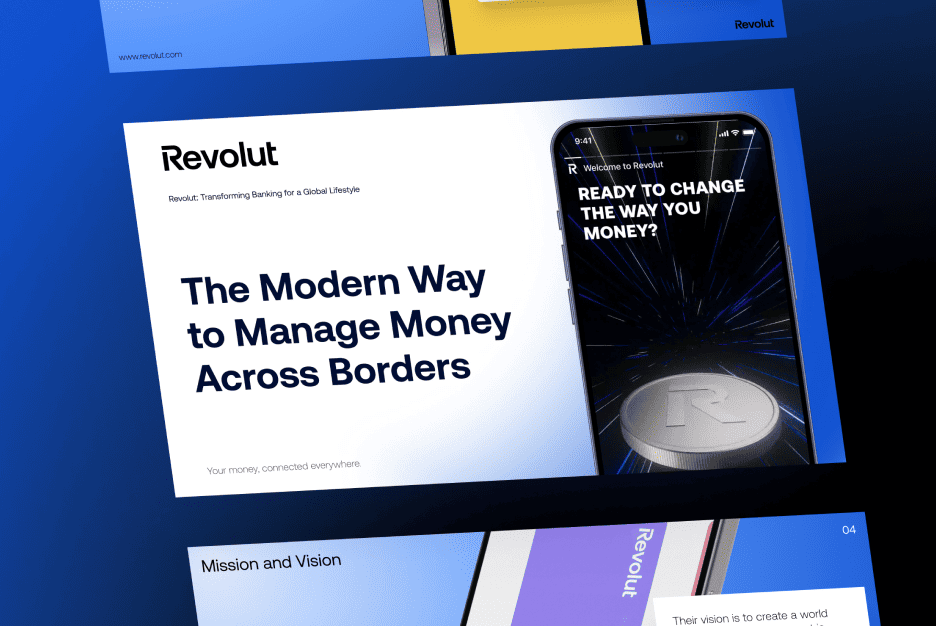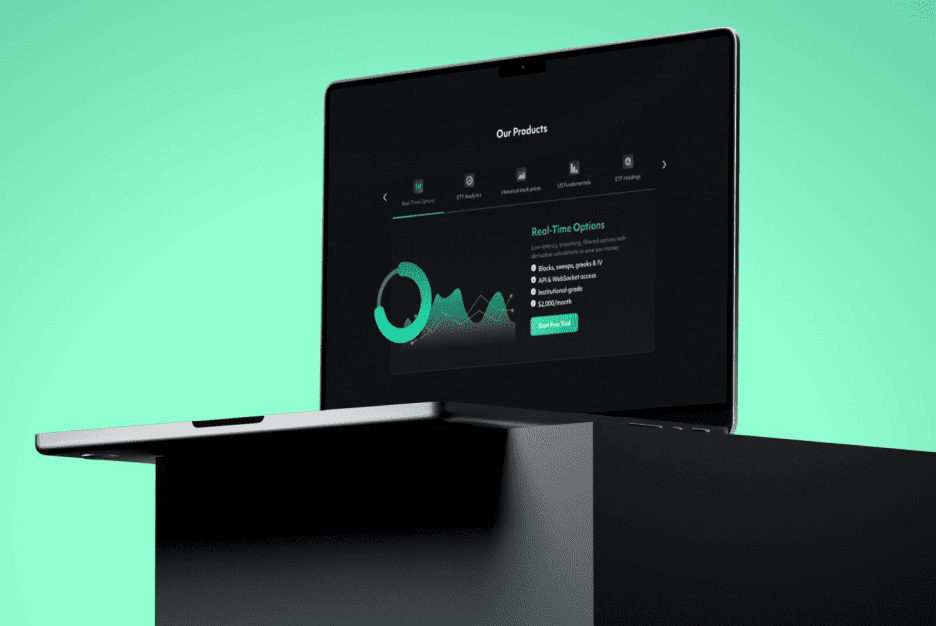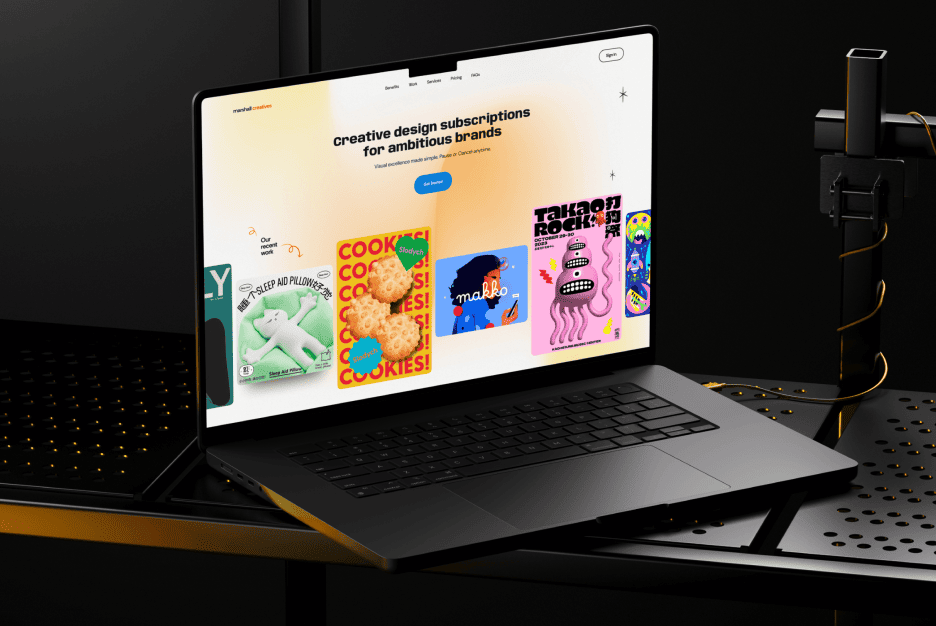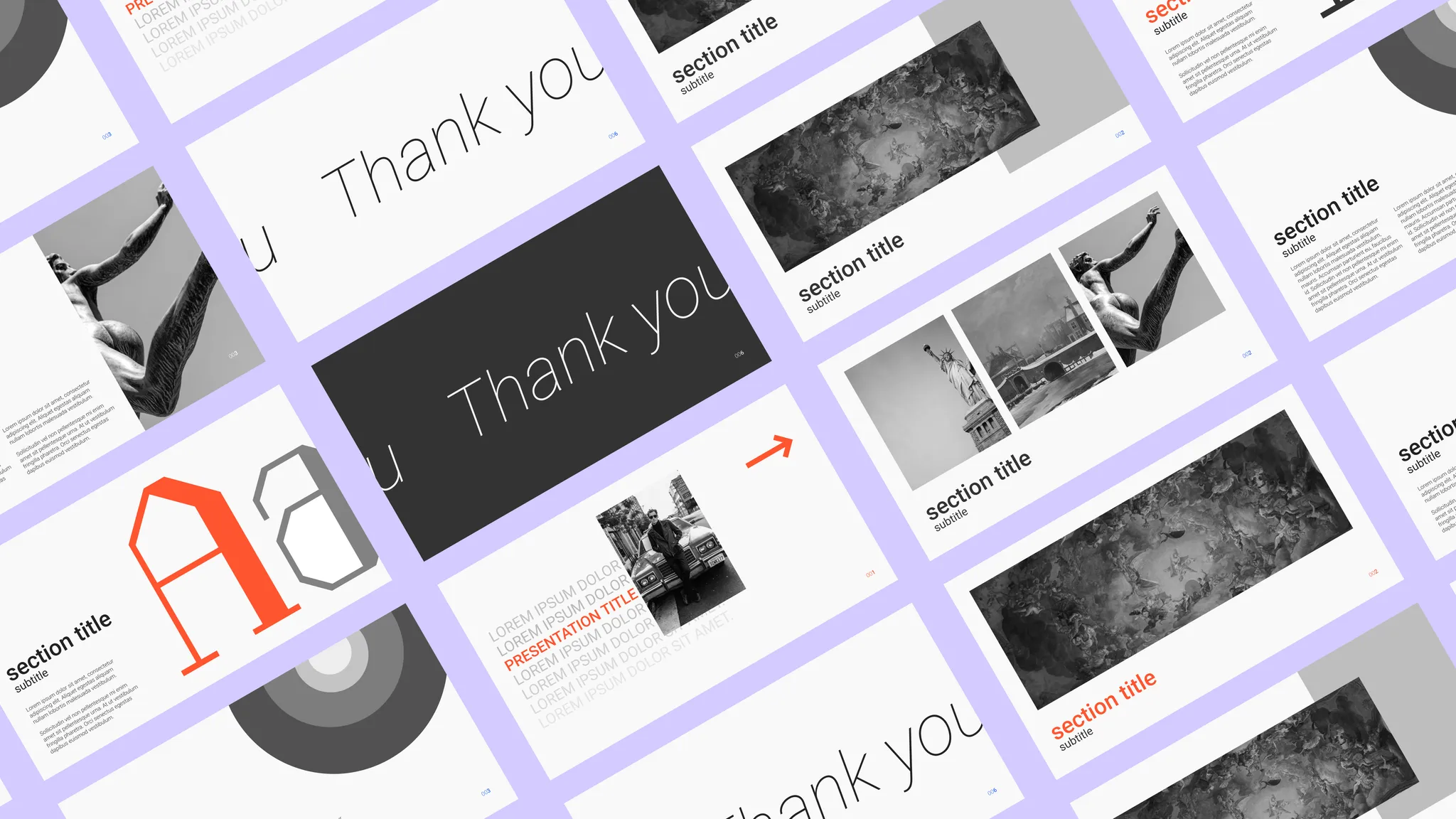In the competitive world of business, a pitch deck is mSore than just a presentation—it’s your story, vision, and strategy, condensed into a handful of slides. Whether you’re a startup founder seeking investors, a corporate team pitching a product, or an entrepreneur showcasing a new idea, a well-designed pitch deck can make or break your chances.
But creating a winning pitch deck isn’t just about aesthetics; it’s about strategy. It’s the art of blending narrative, visuals, and data into a cohesive story that resonates. In this guide, we’ll dive deep into how to craft pitch decks that captivate, persuade, and inspire action, no matter your audience.
Start with a Clear Storyline
A great pitch deck begins with a great story. Why? Because stories resonate. They connect emotionally, simplify complex ideas, and keep the audience engaged. Your audience isn’t just looking for numbers—they want to understand your vision and believe in your journey.
How to Structure a Winning Narrative:
a) Hook Them Early
The first slide should immediately capture attention. Start with a bold question, a compelling statistic, or a relatable pain point. For instance, if you’re solving a market inefficiency, highlight it with a powerful opening statement like, “50% of consumers can’t find what they need online in less than 2 minutes.”
b) Build the Journey
From there, walk your audience through your solution. Highlight why your product or service is unique, what problem it solves, and how it’s different from competitors. Create a natural flow from the problem to the solution, supported by evidence and data.
c) Close Strong
End with a vision for the future. Investors or clients don’t just care about what your product does—they care about where it’s going. Give them a clear sense of your long-term impact.
Pro Tip: Keep your narrative concise and focused. Avoid tangents or irrelevant details. If you can’t explain your idea in a sentence or two, refine it further.
Example: Airbnb’s pitch deck is often cited as one of the best because it follows a clear, simple structure: Problem → Solution → Market Opportunity → Business Model → Ask.
Related Reading: Explore Good Body Text Fonts for Modern Apps for more insights into crafting narratives that resonate visually and emotionally.
External Resource: Learn more about storytelling frameworks for presentations from Duarte’s storytelling tips.
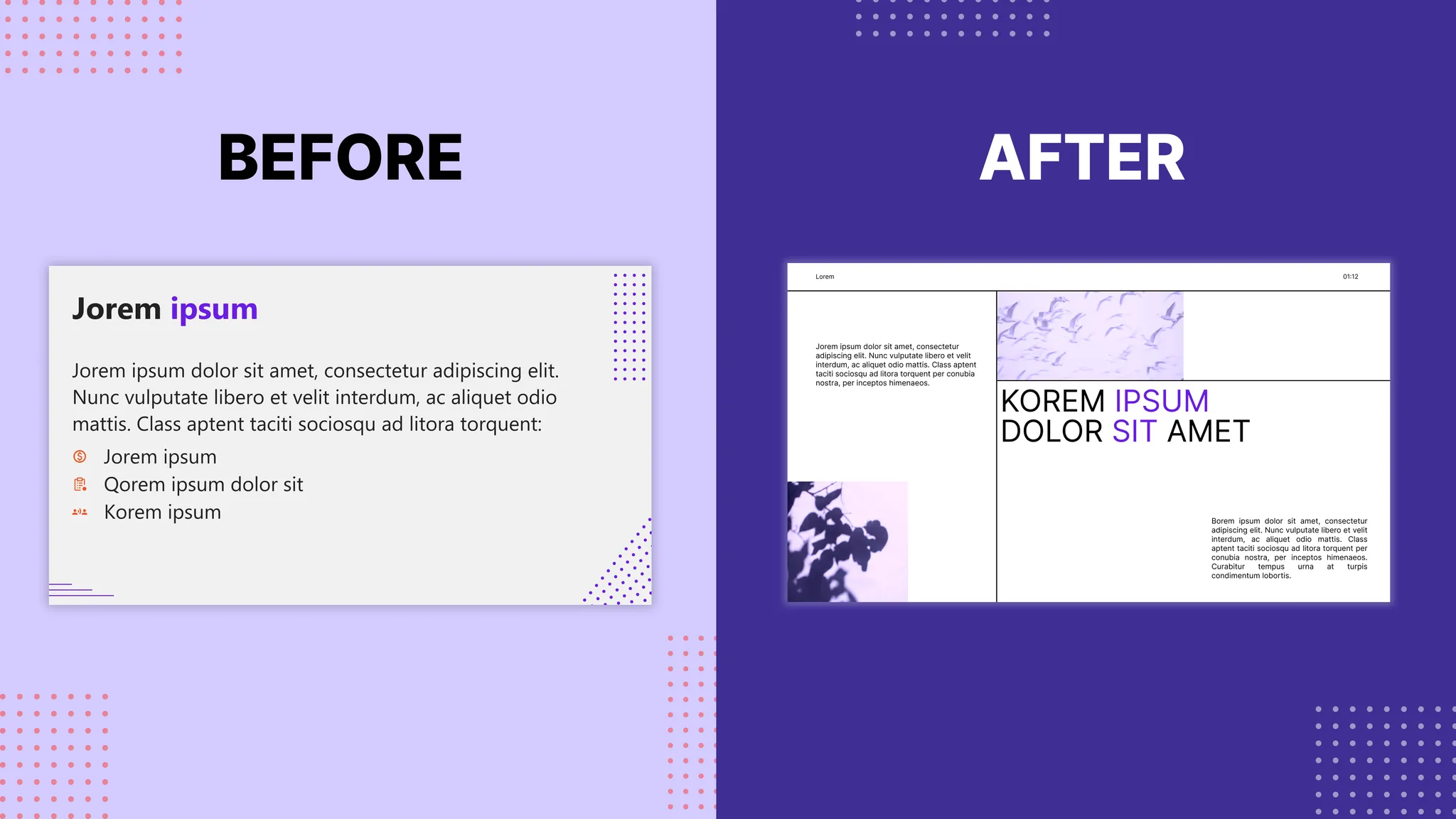
Design with Simplicity and Consistency
Design isn’t just about making things look pretty; it’s about making them functional, digestible, and professional. The best pitch decks use design to enhance communication, not overshadow it.
Why Simplicity Matters
A cluttered pitch deck distracts from your message. Too many fonts, colors, or visual elements create noise, while a clean, consistent design ensures your audience focuses on the content.
a) Stick to One Theme
Choose a consistent color palette, font pairings, and layout style for all slides. For example, if your brand colors are blue and green, integrate those subtly throughout the deck. Avoid switching between drastically different styles—it signals a lack of cohesion.
b) Prioritize Visual Hierarchy
Use headings, subheadings, and bullet points to create a clear structure. Make sure the most important information stands out. For example, your “Ask” slide should have bold, attention-grabbing text, while supporting details remain secondary.
c) Limit Text
Each slide should contain only key points, not paragraphs. Remember, the deck complements your verbal pitch—it’s not meant to do all the talking. Use short, impactful phrases or data-driven insights instead of lengthy descriptions.
Pro Tools for Consistent Design:
- PowerPoint and Keynote: Reliable for corporate-friendly decks.
- Figma: Perfect for creating unique, custom designs.
- Canva: Great for non-designers with polished templates.
Case Study: A Design Overhaul That Worked
We once helped a SaaS startup rework their pitch deck by standardizing fonts, colors, and layouts. The result? Investors stayed engaged for 50% longer, and they secured funding in half the expected time.
Related Reading: Check out The Power of Color Palette in Web Design to learn how strategic color use can elevate your pitch.
External Resource: Read Pitch Deck’s guide to design mistakes to avoid common pitfalls.
Leverage Visual Storytelling Techniques
Visuals are the heart of any great pitch deck. Humans process visuals 60,000 times faster than text, making images, graphs, and icons invaluable tools for simplifying complex ideas.
How to Use Visual Storytelling Effectively:
a) Data Visualization That Speaks Volumes
Instead of overwhelming your audience with raw numbers, turn your data into engaging visuals. For example:
- Use pie charts for market share comparisons.
- Opt for line graphs to show growth trends.
- Try infographics for step-by-step processes.
Pro Tip: Always label your charts clearly. Unclear visuals can confuse more than they help.
b) Show, Don’t Tell
Instead of describing your product, show it. Include product mockups, screenshots, or short GIFs. If your product is still in development, use concept art or prototypes.
c) Use High-Impact Imagery
Avoid generic stock photos. Instead, invest in custom illustrations or visuals that reflect your brand’s personality. Subtle animations, like fading transitions or highlighted elements, can also add polish without overwhelming.
Example: When pitching to investors, a client in the health tech industry replaced complex paragraphs with an infographic explaining their patient flow system. The slide became the most discussed element of their presentation.
Related Reading: Read Bad UX: Top Examples of What to Avoid to understand how user-centered planning impacts visuals.
External Resource: Create compelling charts with tools like Infogram or Datawrapper.
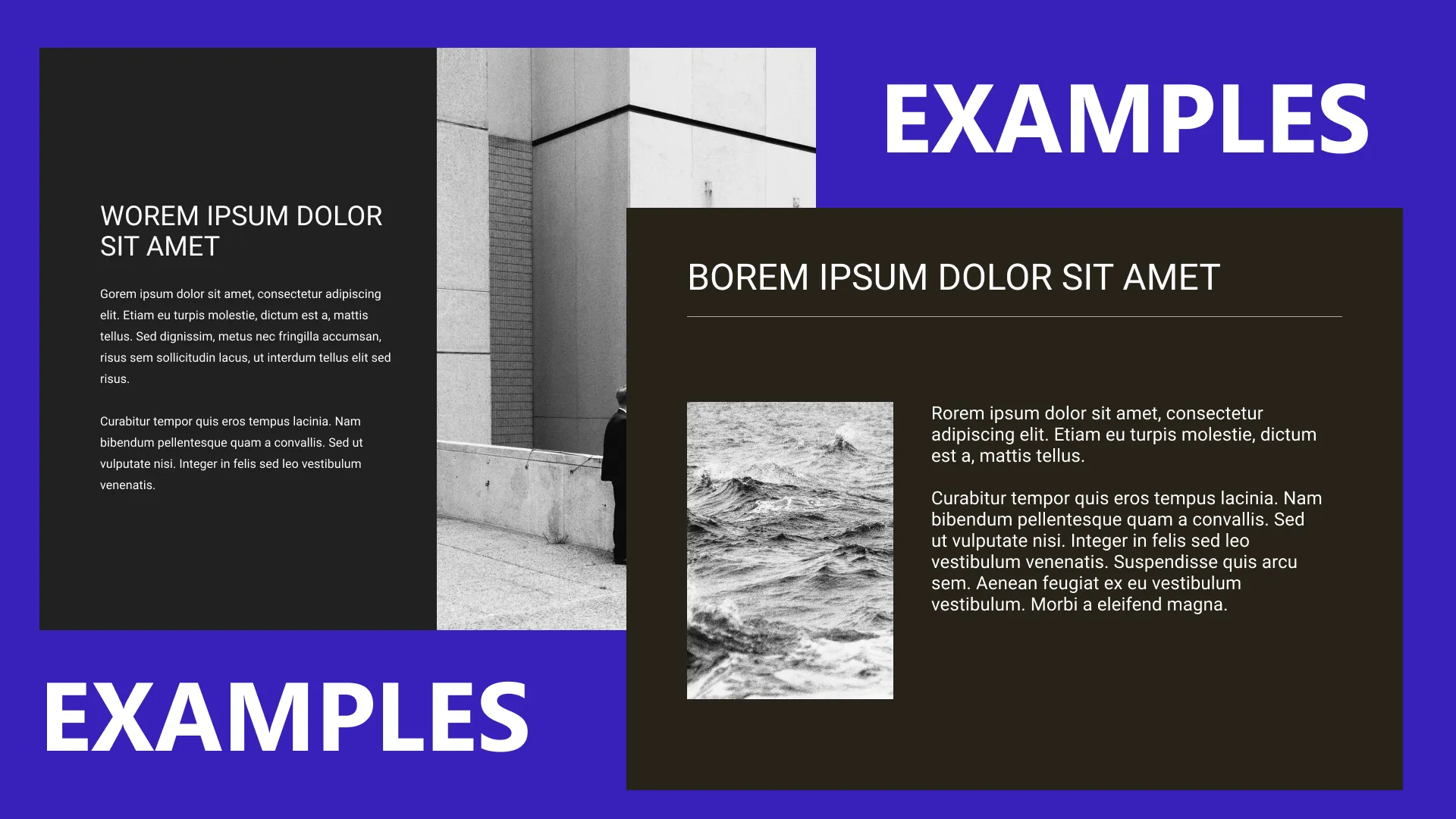
Customize Your Deck for Different Audiences
One size does not fit all. A pitch deck tailored to its audience shows that you’ve done your homework. It also increases your chances of making a lasting impression.
Tailoring for Specific Audiences:
a) Investors
Focus on financial viability. Include slides on market size, revenue projections, and scalability. Investors want to see a clear path to ROI.
b) Corporate Clients
Highlight your product’s benefits and features. Emphasize how it solves their specific pain points or aligns with their goals.
c) Internal Stakeholders
Include milestones, progress updates, and the long-term vision. Keep the tone motivational and align the content with team objectives.
Pro Tip: Use your audience’s terminology. For example, if you’re pitching to a tech-savvy audience, don’t shy away from industry jargon. But for less technical stakeholders, simplify your language.
Related Reading: The Power of Design: How to Stand Out in a Competitive Market.
External Resource: For more audience segmentation insights, check HubSpot’s guide to audience analysis.
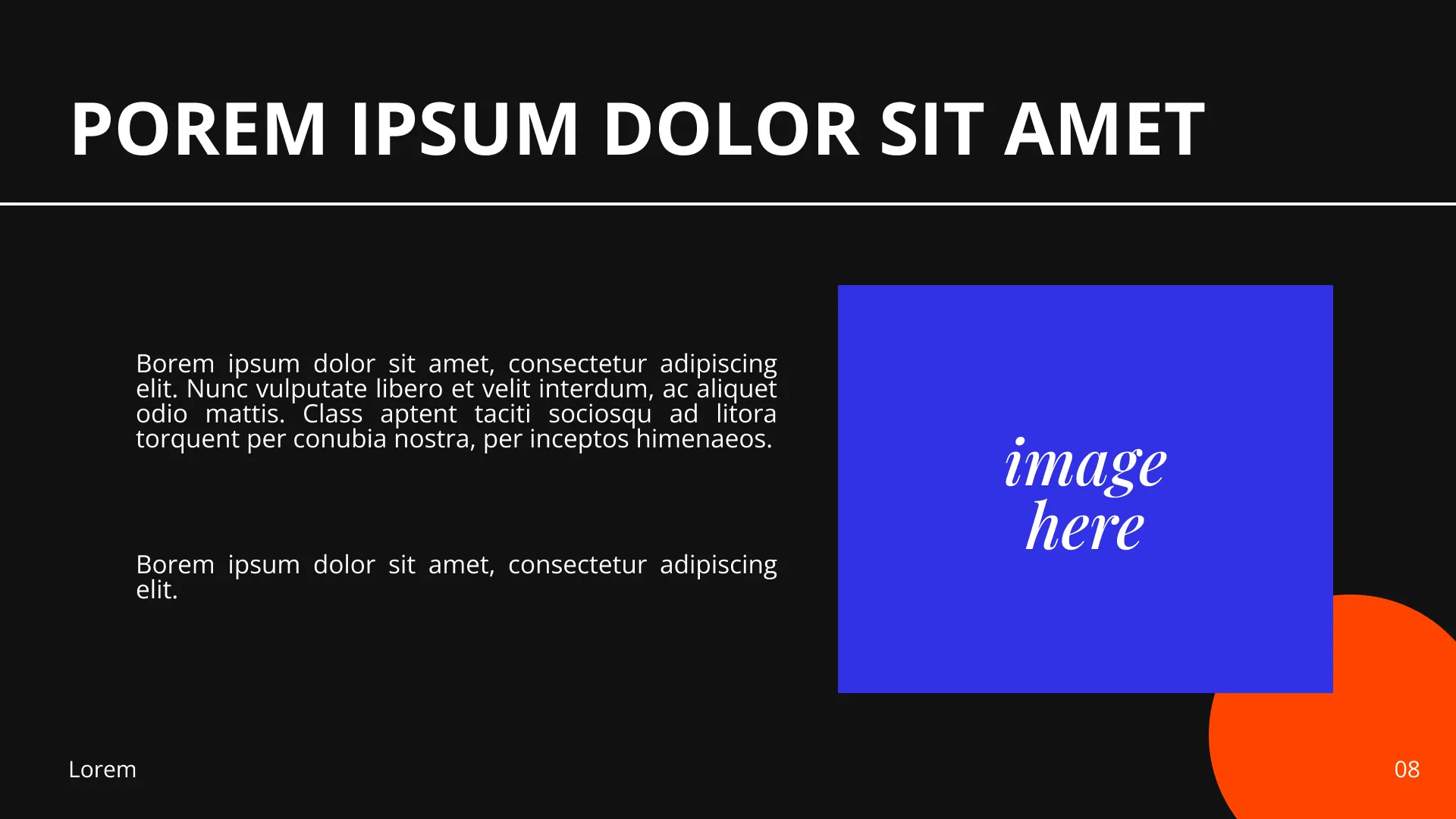
Close with a Powerful Call-to-Action
Your final slide is your last chance to leave an impression. Make it count. Whether you’re asking for funding, partnerships, or sales, your call-to-action (CTA) should be clear, confident, and memorable.
Crafting the Perfect Closing Slide:
- Summarize Your Key Points: Recap the problem, solution, and why you’re the best choice.
- Be Specific in Your Ask: Whether it’s $500K in funding or a 6-month pilot partnership, make your request direct.
- Make It Visually Striking: Use bold visuals, an inspiring quote, or even a short testimonial.
Example: A clean closing slide with the statement “Let’s build the future together” alongside your contact details feels more inspiring than a simple “Thank you.”
External Resource: Check SlidesCarnival for free professional slide designs.
Conclusion: Pitch Decks That Get Results
A winning pitch deck combines narrative, visuals, and strategy to create an unforgettable presentation. It’s not just about what you’re selling—it’s about how you make people feel.
At Almax Agency, we specialize in designing pitch decks that inspire action and deliver results. Whether you’re pitching to investors or presenting to stakeholders, let us help you tell your story.
Ready to stand out? Let’s Talk.
Check out our work on Behance to see how we’ve helped businesses craft powerful presentations.
